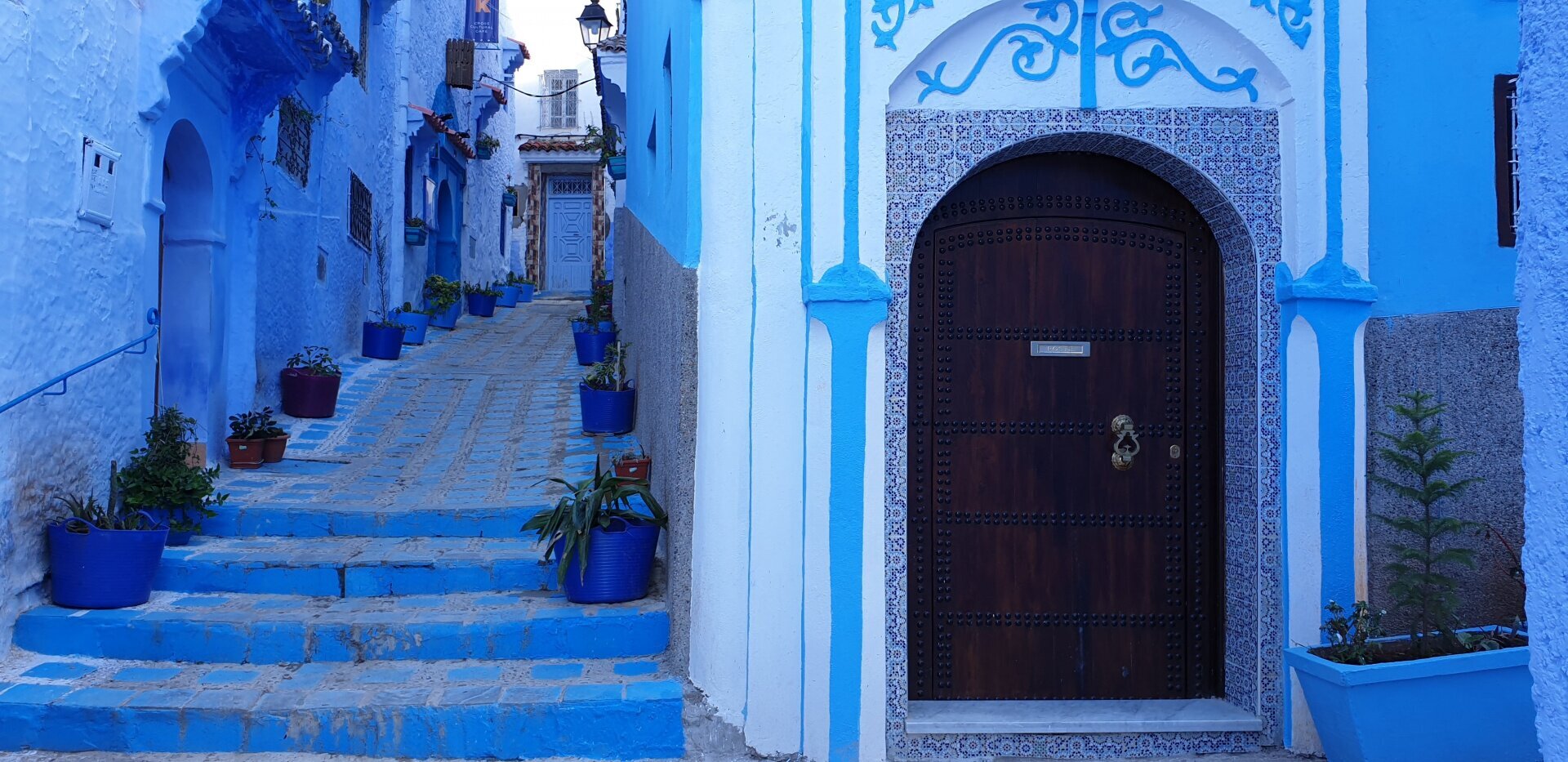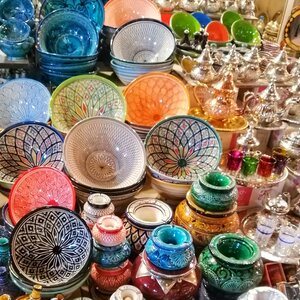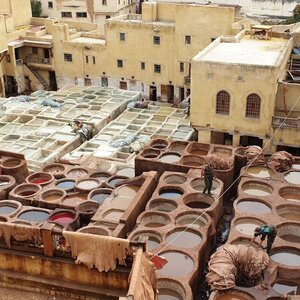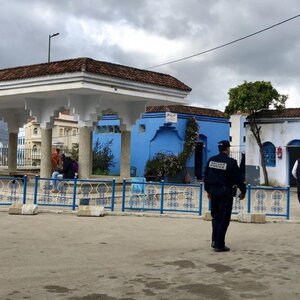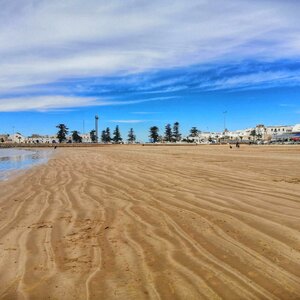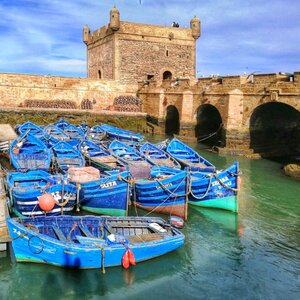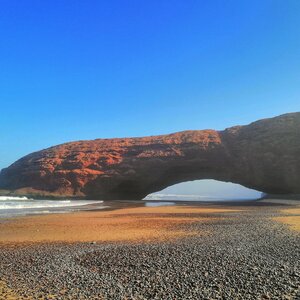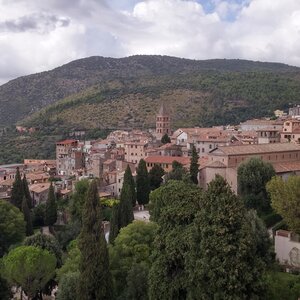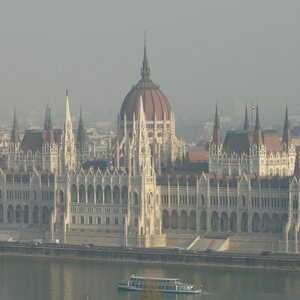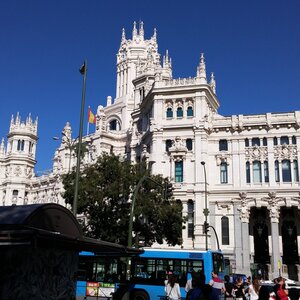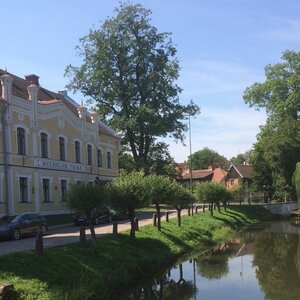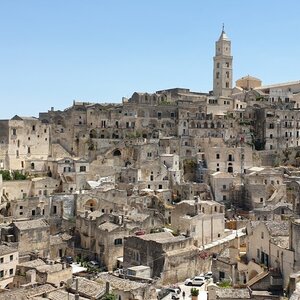Chavan does not lure you with world-class attractions — there are no museums or any serious monument. It does not impress with its architecture — a medina is just like a medina. It is hidden in the mountains, and getting to it may not be easy. Yet every day thousands of tourists travel here for a few hours or days to add their own photo of the city to the 5 million already available on google. Few cities in the world have the same inexplicable attraction as the «blue pearl," as Chavin is called in Morocco. Attracting tourists just by the color of the walls is the real magic.
50 Shades of Sheffshawen
They say that today the paint for the city is bought centrally by the government and the citizens have no right to paint the walls in any other color. And if you too have a question: «Why are they all different colors?», know that this is not chaos and whims of the locals, but a well-thought-out tourist strategy. The city should look the same today as it did 500 years ago, when Sephardic Jews («Sephardim» means «Spaniards» in Hebrew), who were expelled from Spain, moved here to a tiny Arab village in the mountains. They came and painted the town the color of God and the sky.
According to another theory, blue is a symbol of peace, tolerance and tolerance for the city, which for 5 centuries became a haven for several waves of refugees. And the most prosaic explanation is that the blue paint was simply better at repelling mosquitoes because of the ingredients used in its production.
The city was declared sacred and was closed to foreigners until the twentieth century: only Jews and Muslims lived here. The first European managed to enter here only in the guise of a rabbi. At the beginning of the twentieth century, the city came under the Spanish protectorate, European soldiers entered, and the world learned about the blue pearl hidden in the Moroccan mountains.
Things to do in Chefchaouen
Arrive in Chefchaouen 2—3 hours before sunset. This is enough time to have a quick look around the medina for the first time and even climb up to the observation deck, from which you can see the city almost like a palm in the palm of your hand. Decide where you want to watch the sunset — here on the observation deck or on the terrace of some restaurant on the main square. If you want to meet the sunset with a glass of wine, then your option is the observation deck, and you should bring the wine with you — in Chefchaouen, it seems, there are no stores with alcohol. It’s a Muslim country.
To see the main sights of Chavene, you only need 2 points on the map: the Kasbah and the Spanish Mosque. And don’t forget to dot the hotel and bus station (if arriving by bus). The medina of Chavena, although small and not as confusing as in big cities, it can be difficult to find a hotel the first time: online maps are almost useless in medinas, don’t know the alleys and pedestrian streets. Our hotel was marked on the map in the wrong place, and this is a common situation here.
Wander the blue medina
It is impossible to get lost in Chefchaouen — the tiny medina with spacious, well-lit streets will not give a tourist such a chance. Once you’ve walked these streets once, you’ll be able to navigate them without difficulty. So don’t be afraid of getting lost, but just trust your feet and wander, wander, wander. Enjoy aimless wandering between the walls of piercing blue color. The most picturesque photos turn out in corners where you didn’t even want to turn around at first.

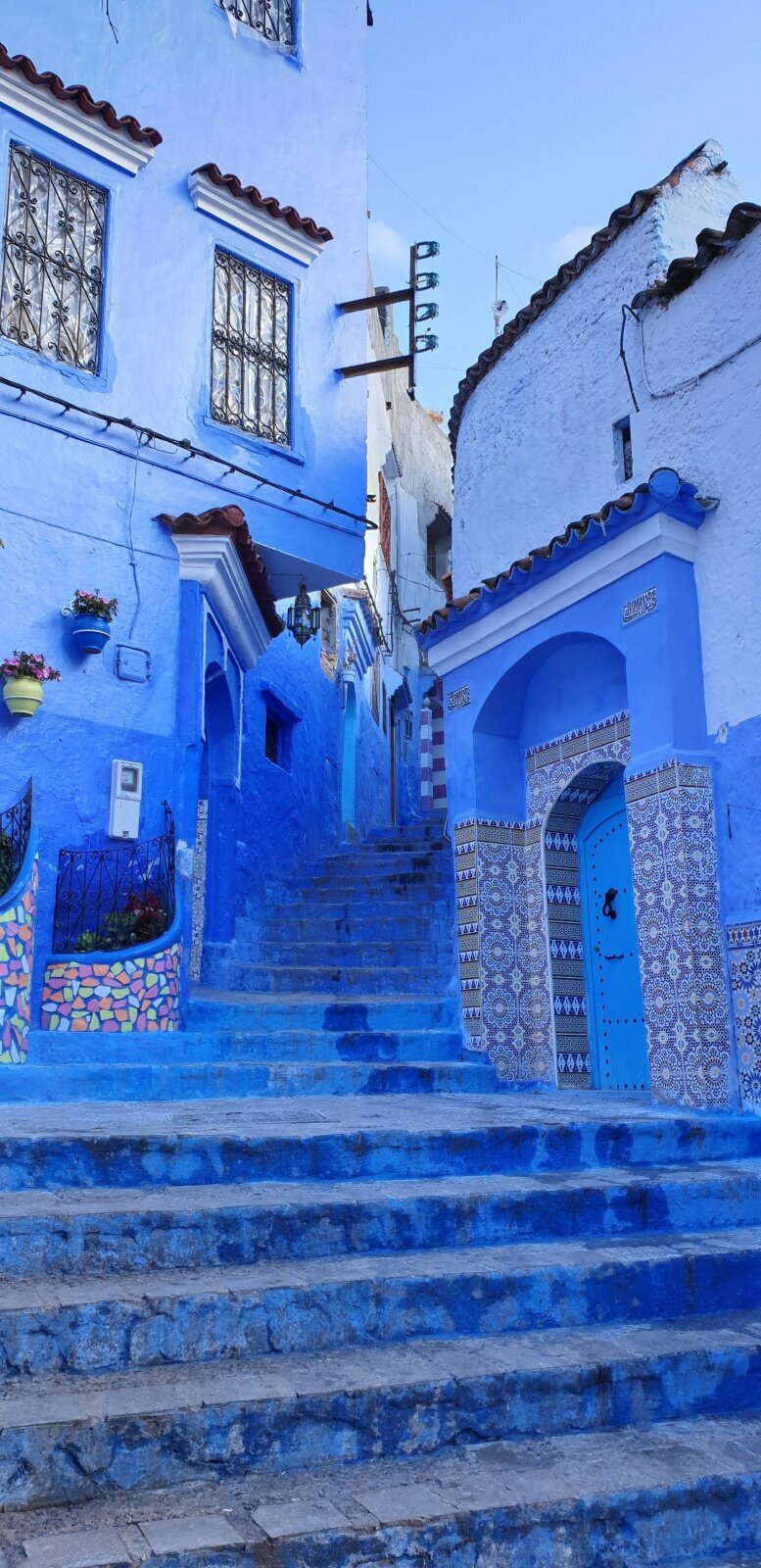
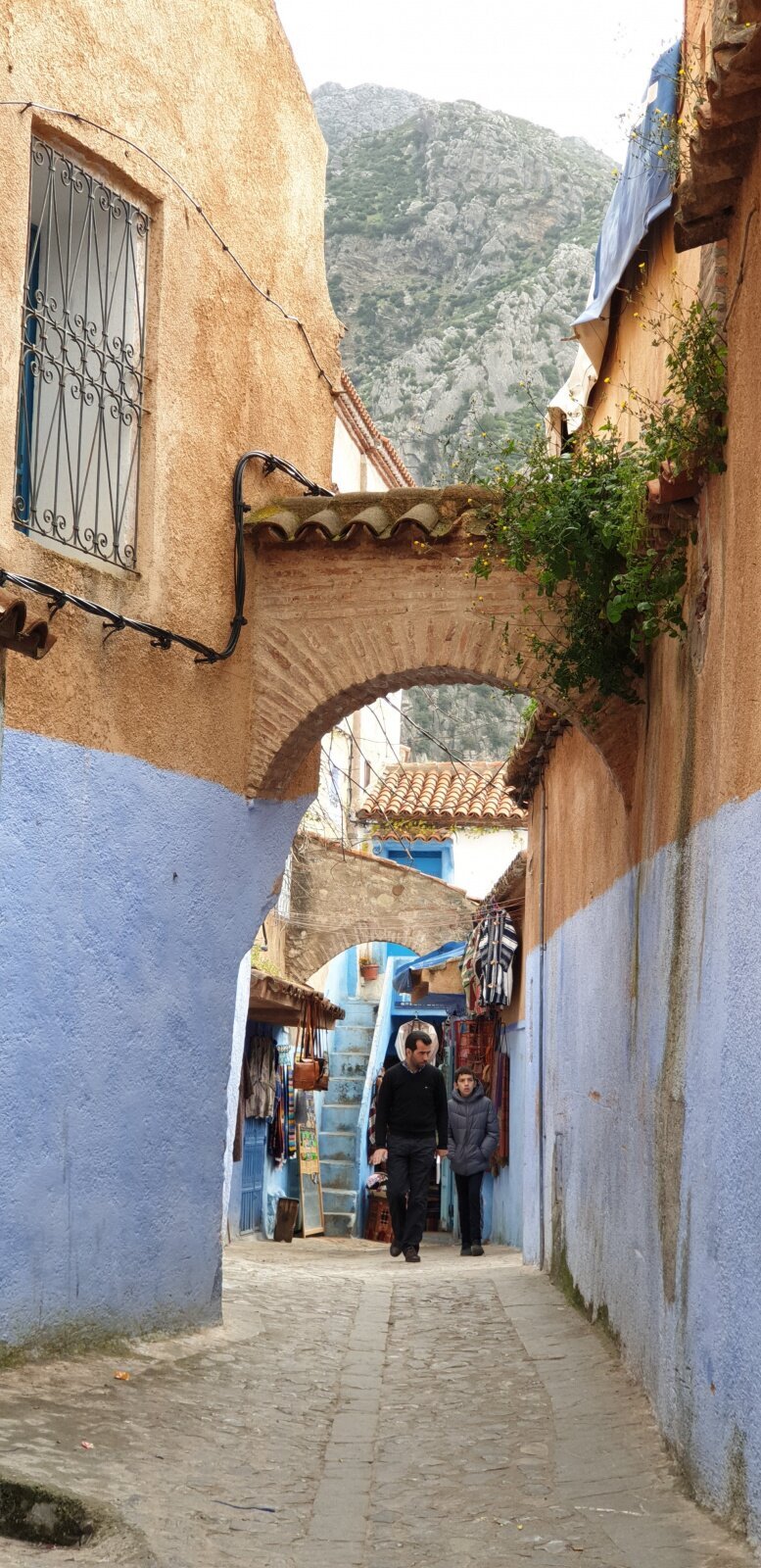
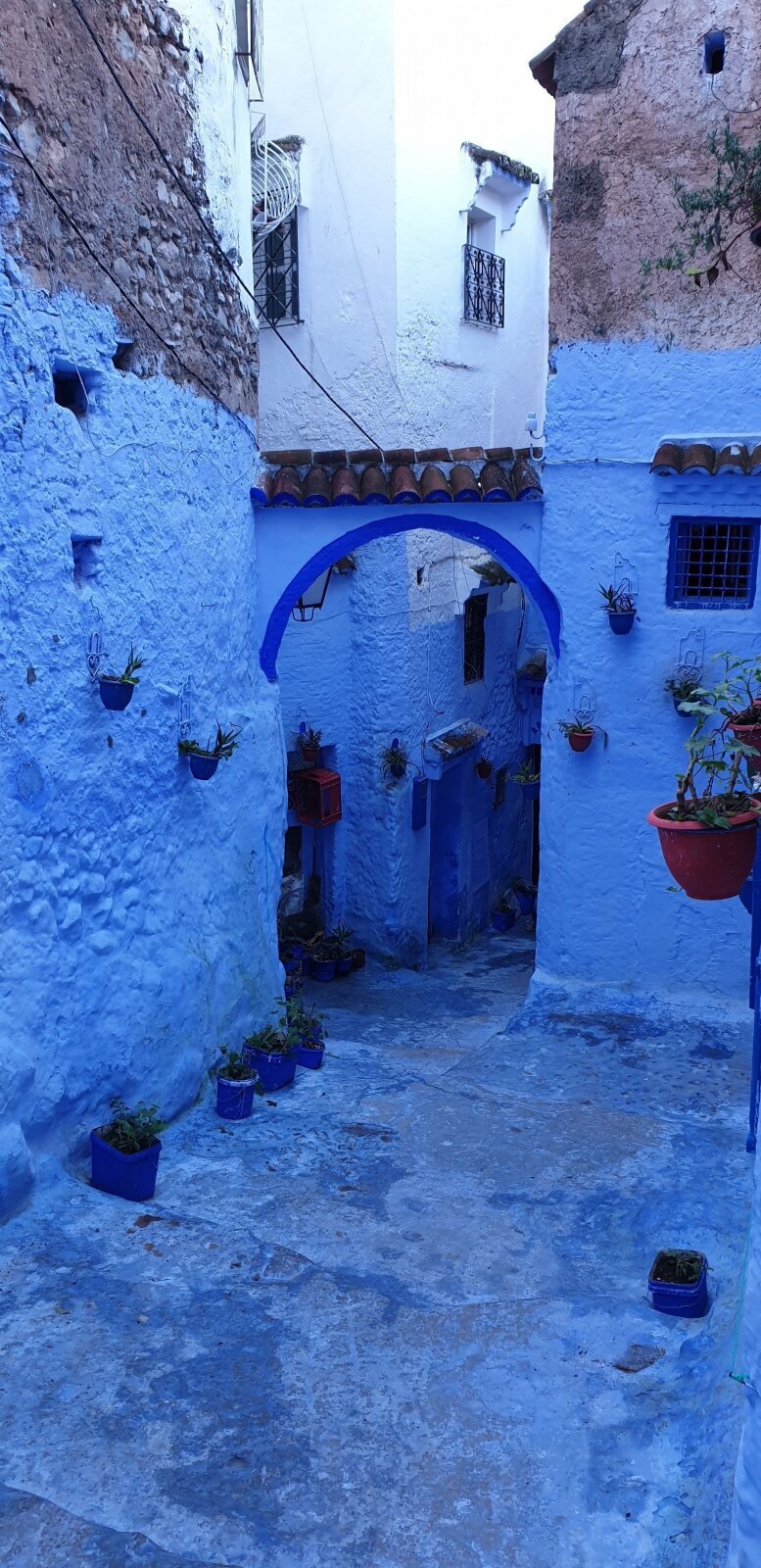
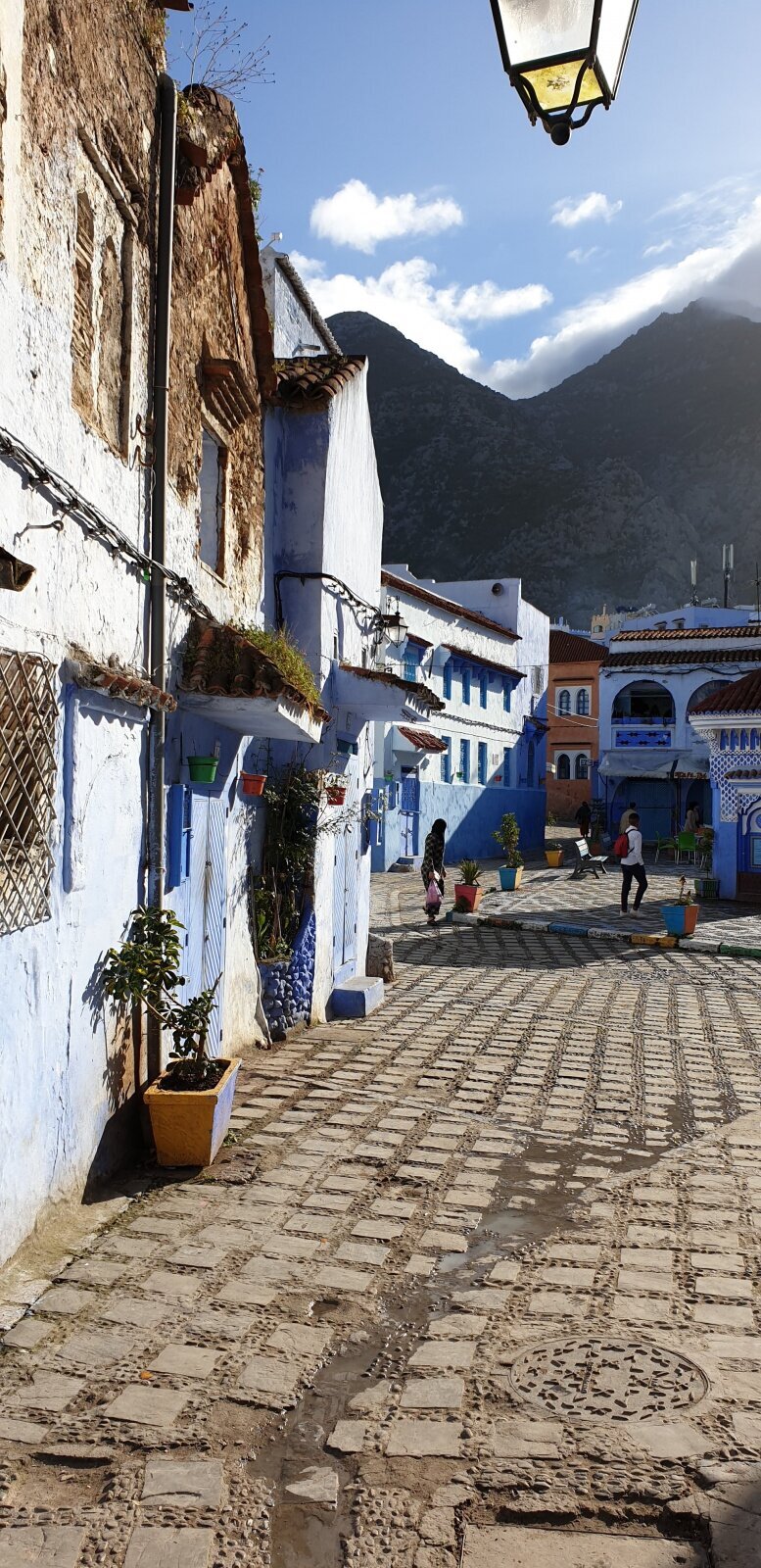

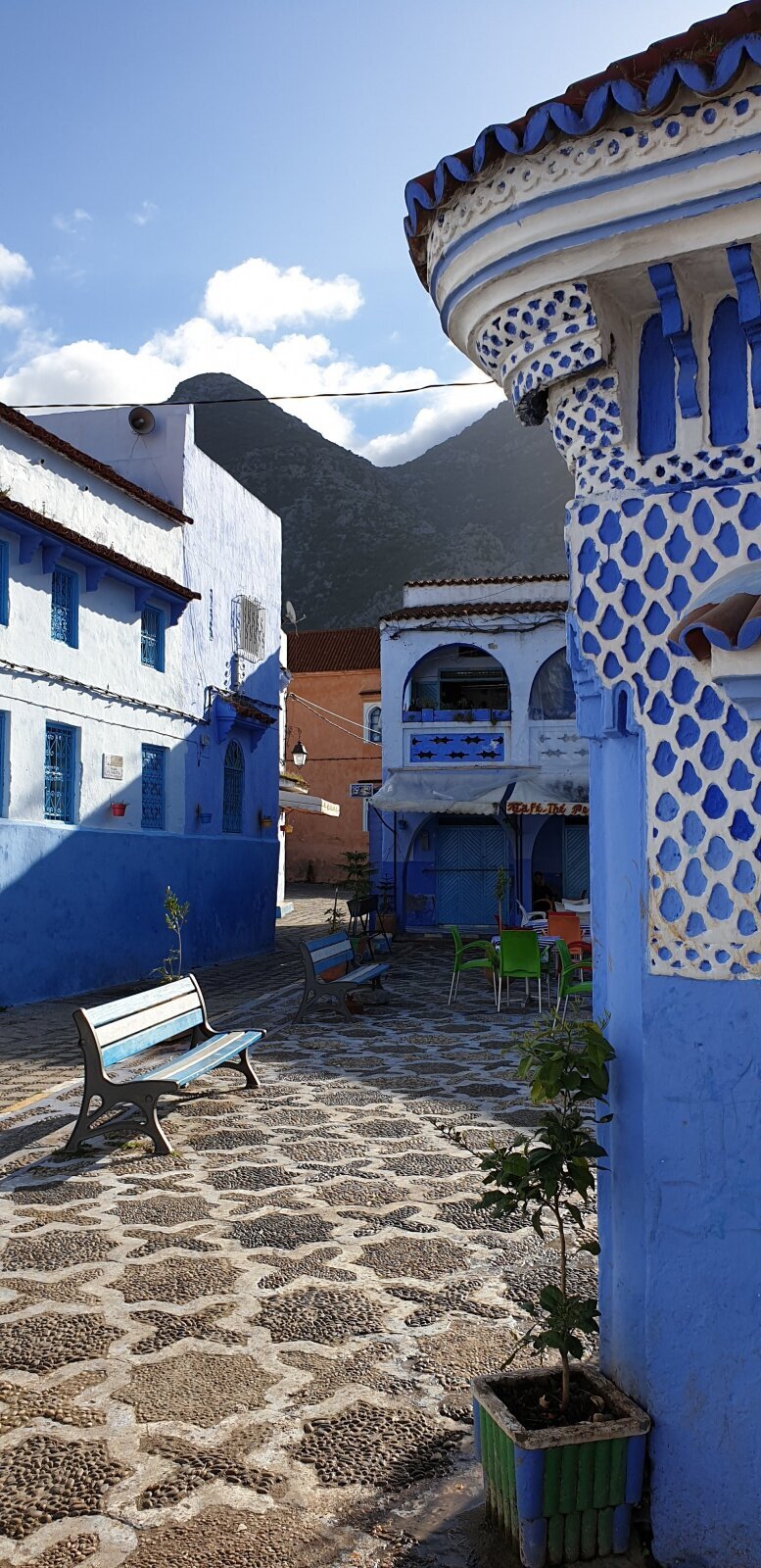
Have lunch in the main square overlooking the kasbah
The Kasbah is a fortress left to the city by the Portuguese. It is the only red-colored structure in the old city of such an impressive size. The fortress stands on Plaza Uta el-Hammam, which is surrounded by restaurants, riads and shops. This square is atypical of old Moroccan towns in its vastness. Climb into any restaurant with a terrace, have a mint tea overlooking the square and the fortress and let yourself do nothing and be in no hurry — this is the main pleasure in a city where no one has been in a hurry for six centuries.
You can go inside the kasbah: there is a local ethnographic museum with a small art gallery and a cozy Andalusian garden.
Entrance to the kasbah: 60 dirhams for non-Moroccan nationals.
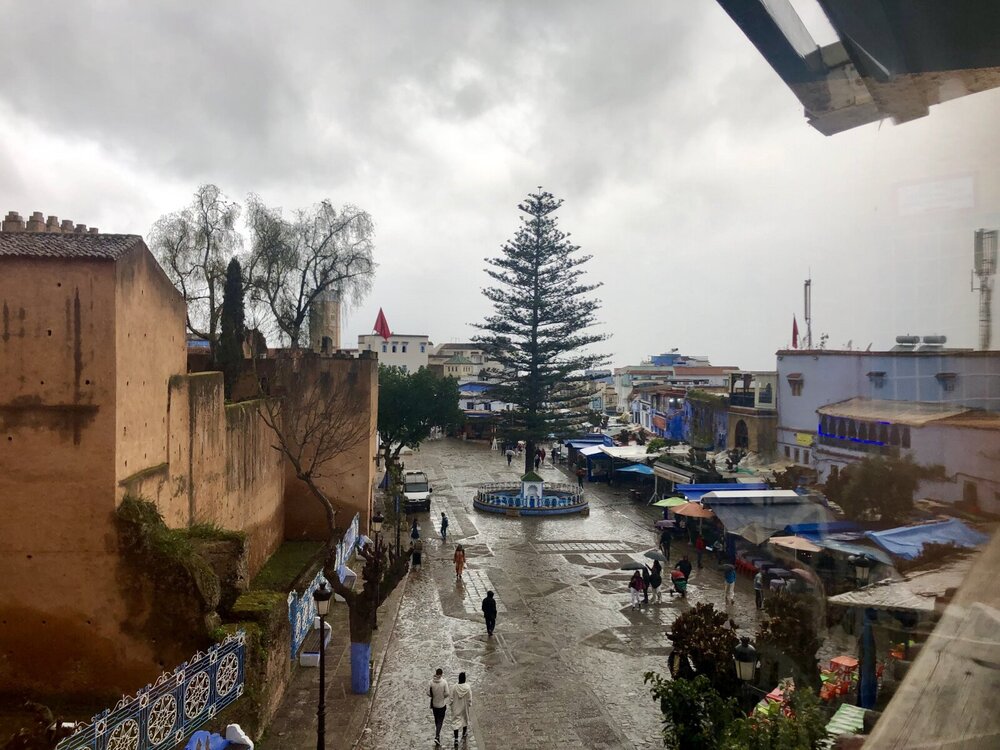
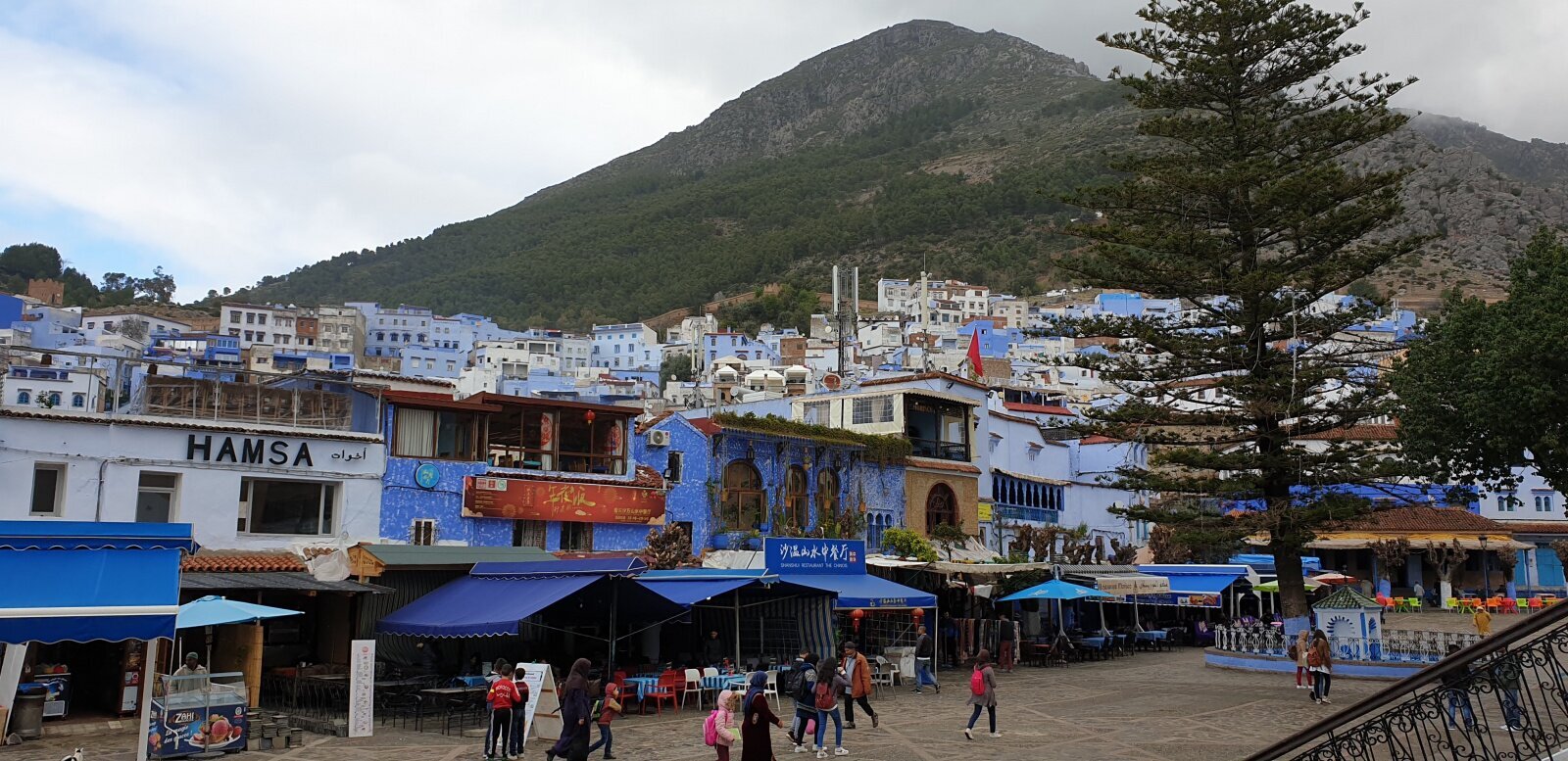
Take a walk to the observation deck
When the medina has been explored, lunch has been eaten and there’s still time, take a look at the city from above and snap your own photo of the most publicized panoramic view of Chavan. Through Ras el maa Park, where the river flows and local women still wash their clothes, a landscaped path takes you up to the Spanish Mosque (Mosquée Bouzâafar), which offers the best panoramic views of the city. The mosque is inactive, so non-believers are even allowed in. The climb takes about 40 minutes. Stock up on water, it will be hot in the summer.

Sightseeing map of Chavin
Recommended locations are indicated on the map:
- Drinks: Oum Rabie bar and the hotel’s restaurant Parador.
- Lunch and dinner: Chez Hicham, Marisco, Aladin, Bab Ssour.
- To see: Kasbah Fortress, Ras El-Maa Park and the panoramic site.

